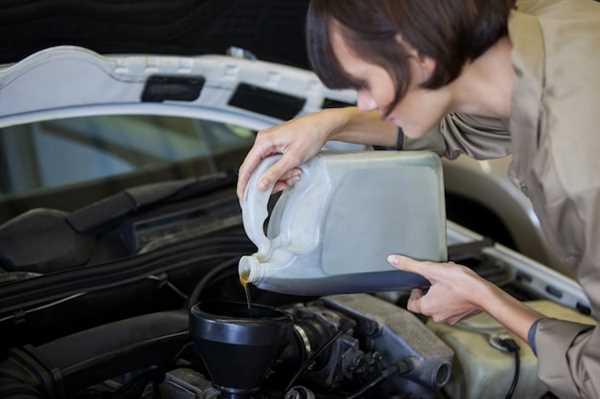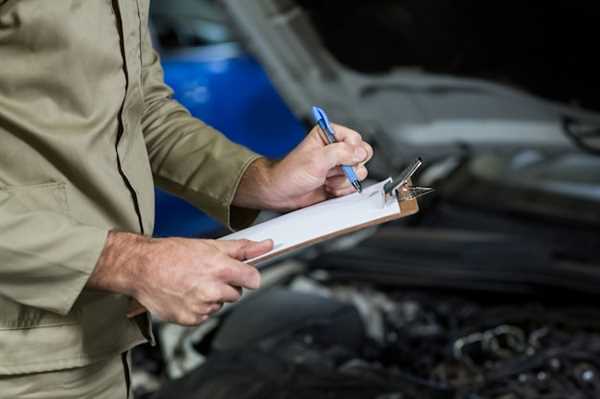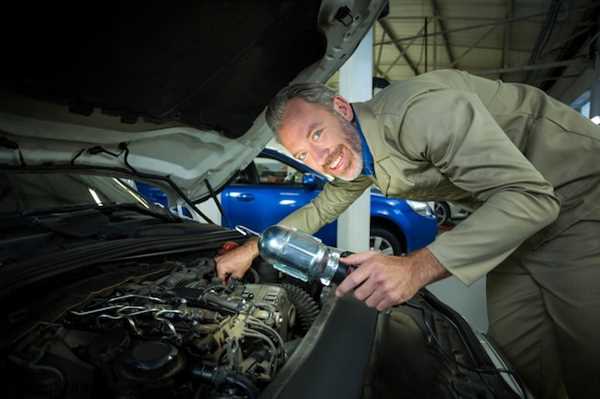

Prioritize inspecting engine oil at least once a month. Fresh oil lubricates components efficiently, reducing wear and extending engine life. Look for a clear to amber color; anything darker indicates degradation and a need for replacement.
Coolant plays a critical role in temperature regulation. Verify its level in the reservoir and ensure it’s free from debris. A mix of antifreeze and water should be balanced to prevent overheating or freezing, guaranteeing consistent performance across seasons.
Don’t neglect brake fluid, as it directly affects stopping power. Examine the fluid level and color; murky or low fluid indicates contamination or leaks, which require immediate attention. Maintaining proper brake fluid levels ensures responsive braking when needed.
Transmission fluid should be inspected regularly as well. Check its level and condition; it should be a bright red and free of burnt smells. Proper fluid levels and condition ensure smooth gear changes and prevent costly repairs.
Lastly, keep an eye on power steering fluid. Low levels can result in hard steering or whining noises. Ensure that the fluid is at optimum levels to maintain steering efficiency and overall control of the vehicle.
Engine Oil: How to Check and Replace for Optimal Performance
To ensure long-lasting engine efficiency, inspect the oil level regularly using the dipstick. Remove the dipstick, wipe it clean, and reinsert it to obtain an accurate reading. The level should fall between the “min” and “max” marks. If it’s low, top off with the appropriate type of oil specified in the owner’s manual.
Changing the oil is critical for performance. Drain the old oil preferably when the engine is warm. This helps in removing contaminants. Replace the oil filter simultaneously to ensure a clean flow. Add new oil slowly through the filler cap. After adding, run the engine for a minute, then recheck the level and add more if necessary.
Frequency of replacement varies. As a guideline, consider replacing the oil every 5,000 to 7,500 miles, depending on driving conditions and the type of oil used. Regular inspections prevent sludge buildup and protect engine components.
Use high-quality oil suited for your car’s specifications, such as synthetic or conventional, based on the manufacturer’s recommendations. This choice impacts not only performance but also fuel efficiency.
Coolant Levels: Signs of Low Fluid and How to Refill

Check the coolant reservoir weekly to ensure the level remains above the minimum mark. A sign of low fluid includes the engine overheating or the temperature gauge rising beyond normal operating levels.
If the coolant appears discolored or has a grainy texture, it may require replacement. Inspect hoses for leaks or cracks; these can indicate a serious issue affecting the system’s efficiency.
To refill, open the hood and locate the coolant reservoir–usually marked with a cap labeled “coolant” or “antifreeze.” Remove the cap slowly to release any built-up pressure. Pour the appropriate mixture of coolant and distilled water until it reaches the recommended level.
Replace the cap securely and run the engine for a few minutes to circulate the new fluid. Always refer to the owner’s manual for specific instructions regarding the type of coolant suitable for your car.
Brake Fluid: Importance of Regular Inspection and Maintenance Steps

Maintaining adequate brake fluid levels is critical for safe operation. Insufficient fluid can lead to brake failure. Inspect the reservoir monthly to ensure the level remains within the recommended range. If low, replenish with the correct type of fluid specified in your owner’s manual.
Check for discoloration or cloudiness, which indicates contamination. If the fluid appears dirty, it’s essential to flush and replace it following manufacturer guidelines. Typically, brake fluid should be replaced every two years to prevent moisture accumulation, which compromises braking performance.
Inspect brake lines and connections for leaks, as escaping fluid can result in severe braking issues. Any noticeable leaks require immediate attention from a qualified technician. Regular inspection of the whole braking system is key to avoiding potential hazards and ensuring reliable functioning.


